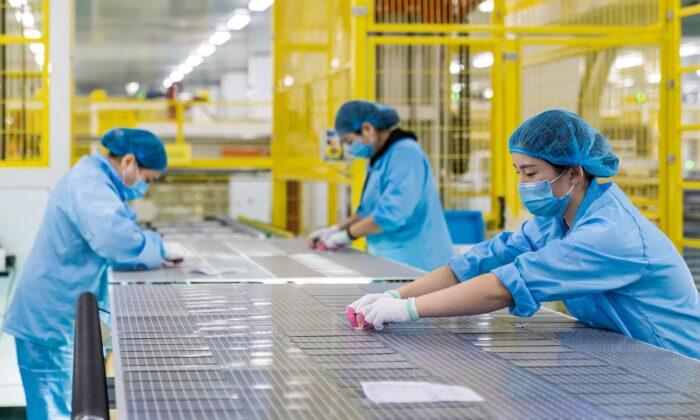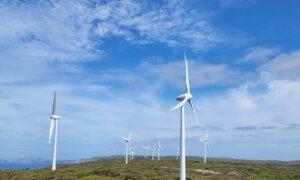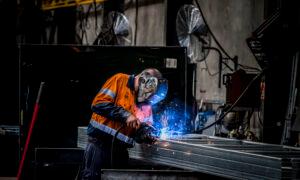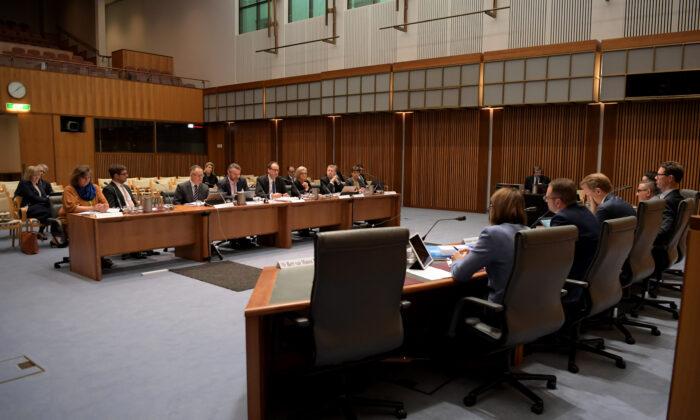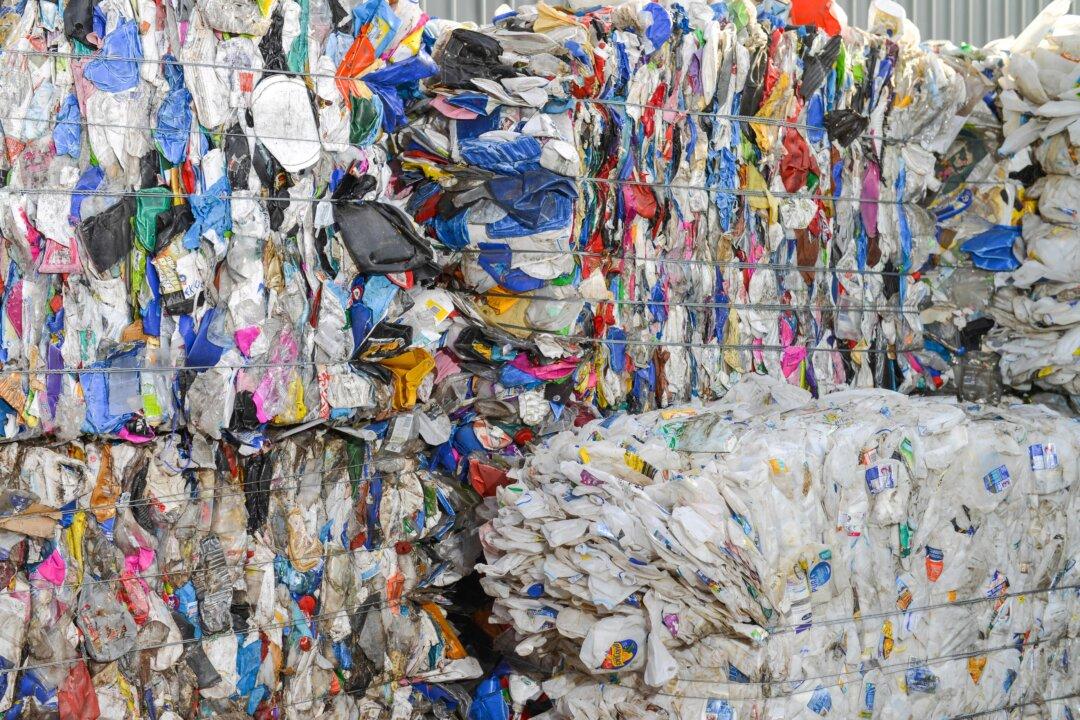Most Australians support the transition to renewable energy albeit at a moderate rather than fast pace, according to a new Commonwealth Scientific and Industrial Research Organisation’s (CSIRO) survey.
In partnership with the Department of Climate Change, Energy, the Environment and Water (DCCEEW), CSIRO surveyed more than 6,700 people nationwide between August and September 2023.
The survey found that Australians prioritise affordability, energy self-reliance, and emissions reductions, with reliability ranking fourth.
It revealed that 47 percent prefer a moderate-paced transition while 40 percent prefer a faster and more extensive change. Conversely, 13 percent said they prefer a slower transition.
“The survey showed that most Australians supported the energy transition, but opinions varied about the rate and extent of change,” said Andrea Walton, senior social scientist for the project.
“Many Australians held generally moderate attitudes towards living near renewable energy infrastructure, suggesting a broad willingness to support, or at least tolerate, the development of solar farms, onshore and offshore wind farms, and associated transmission line infrastructure.”
Ms. Walton explained that while responses from metropolitan and regional communities were similar, people living out of town in regional areas were more pessimistic about the renewable energy shift.
“This makes sense because people living out of town are more likely to be living near current or proposed developments,” she said.
“Transmission lines were seen less favourably compared to other renewable energy infrastructure. The survey revealed an important reason for this was that people didn’t always recognise the role of additional transmission lines in the renewable energy transition.”
More than 80 percent said they would tolerate living within 10 km of renewable energy infrastructure, with solar farms having the highest level of acceptance.
Increasing Resistance to Renewables
Around 88 percent said they would at least tolerate living near a solar farm, a decline from the previous 95 percent based on a 2020 survey.More than 80 percent said they would tolerate living near a wind farm, while those living in proposed offshore wind farm regions were most likely to decline to live near them.
Around 77 percent would tolerate living near associated transmission lines while 23 percent would decline it.
CSIRO concluded that those responses suggest a “broad willingness to support, or at least tolerate, the development of solar farms, onshore and offshore wind farms, and transmission infrastructure.”
Meanwhile, Farmers for Climate Action welcomed the results of the survey and said there is still more to do.
The lobby group urges the government to spend time answering the questions and concerns, especially from those living in the regional communities.
The organisation also calls on the government to implement the recommendations of Energy Infrastructure Commissioner Andrew Dyer’s Review of renewable energy in the regions.
The recommendations include encouraging best practices and selecting reputable developers for new projects, reducing unnecessary and onerous community engagement by improving the way project sites are chosen, and making engagement more efficient by revising planning and approval processes.
Mr. Dyer also recommends improving the complaint-handling process, keeping communities informed about the transition, and equitably sharing the benefits of the transition.
“With farmers now being offered $49,000 (US$31,500) per turbine per year by wind companies whilst still able to run sheep and cattle, and solar companies offering a whopping $1,500 per hectare per year rent whilst still allowing sheep to graze under the panels, farmers can lock in so much drought-proof income from the shift,” Farmers for Climate Action CEO Natalie Collard said.
“The energy shift is a once-in-a-generation chance to keep our brightest kids in the bush by offering interesting, well-paid, long-term careers. It’s an opportunity we can’t afford to miss.”
